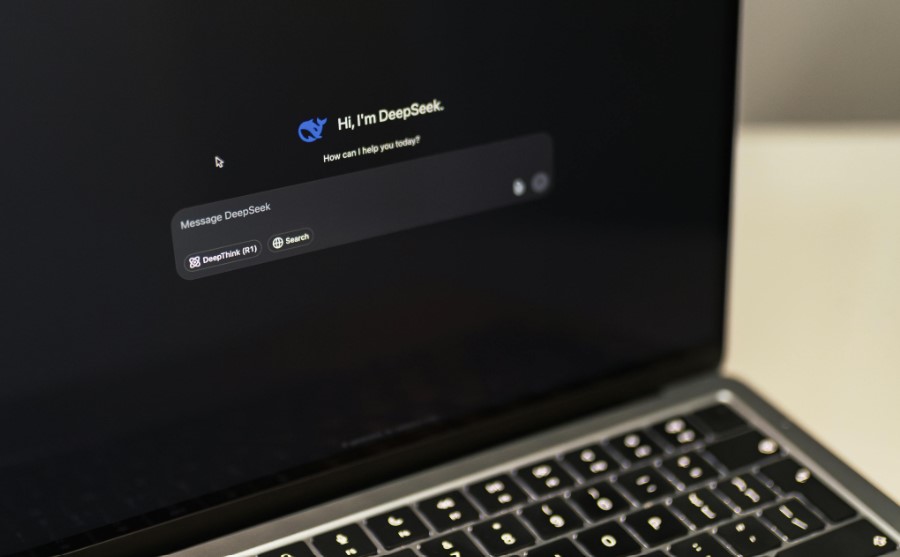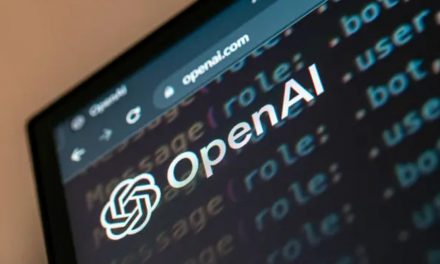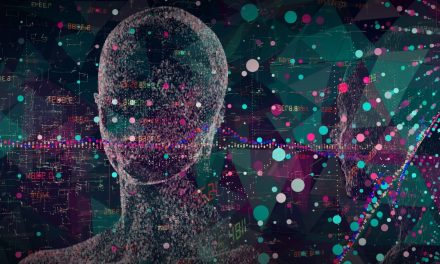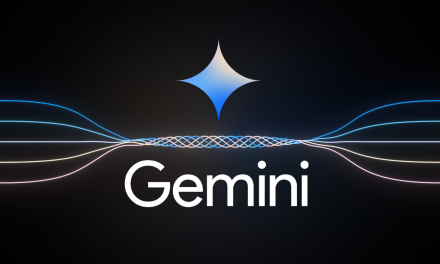When I first noticed DeepSeek AI climbing the ranks on Apple’s App Store, I knew something significant was unfolding. It wasn’t just another app gaining popularity; it was a symbol of the rapidly world of artificial intelligence. On a seemingly ordinary Monday, this Chinese AI startup, DeepSeek, unseated OpenAI’s ChatGPT as the most-downloaded free app in the U.S., sending ripples throughout the tech world and beyond. Global tech stocks experienced a sell-off, poised to erase billions in market capitalization, signaling a potential paradigm shift.
The rise of DeepSeek is more than just a headline; it represents a pivotal moment in the AI race. The initial buzz intensified when DeepSeek released R1, its reasoning model, openly challenging OpenAI’s dominance. This open-source model quickly ascended to the top of app stores and industry benchmarks, lauded for its performance and reasoning prowess. However, amidst the excitement, DeepSeek faced “large-scale malicious attacks” which led to temporary user registration limitations, highlighting the challenges and vulnerabilities that come with rapid growth and increased visibility.
Diving into DeepSeek
Founded in 2023 by Liang Wenfeng, also a co-founder of High-Flyer, a quantitative hedge fund specializing in AI, DeepSeek emerged from High-Flyer’s AI research division. Their mission: to focus on large language models and pursue artificial general intelligence (AGI). While still backed by High-Flyer, DeepSeek’s R1 model has stirred considerable debate within the AI community.
Let’s take you behind the scenes of how DeepSeek achieved this. The R1 model was developed despite U.S. restrictions on chip exports to China. While the exact cost and resources remain debated, Jefferies analysts estimate the training cost for a recent version at a mere $5.6 million. This figure stands in stark contrast to the development costs of models from OpenAI, Anthropic, and Google.
Market Impact
The AI sector is now grappling with fundamental questions: Are the massive funding rounds and billion-dollar valuations truly necessary? Is the industry on the verge of a bubble? The market reacted swiftly. Nvidia’s shares plummeted nearly 17%, with ASML dropping almost 6%1. The Nasdaq fell more than 3%, and analysts are racing to understand the investment implications and whether simply throwing money at GPUs is a sustainable strategy.
Having spent the last decade immersed in development and market analysis, I can tell you the implications of DeepSeek’s rise extend far beyond immediate market fluctuations. Bernstein analysts captured the sentiment perfectly, noting that opinions range from “That’s really interesting” to “This is the death knell of the AI infrastructure complex as we know it.”.
U.S. Response
American tech CEOs are scrambling to respond, with Meta reportedly initiating multiple “war rooms” within its generative AI department specifically focused on DeepSeek. Microsoft CEO Satya Nadella framed DeepSeek’s rise as an example of the Jevons paradox, suggesting that increased efficiency and accessibility will only fuel greater AI consumption. OpenAI CEO Sam Altman, in a cryptic tweet, hinted at the uncontrollable nature of the AI revolution, suggesting that guidance, rather than control, is the only viable approach.
Meta’s chief AI scientist, Yann LeCun, offered a more optimistic perspective, highlighting DeepSeek’s success as evidence of the shifting tides toward open-source technology. He acknowledged that DeepSeek leveraged Meta’s Llama models, demonstrating the power of open research and collaboration. Alexandr Wang, CEO of Scale AI, echoed this sentiment, calling DeepSeek’s R1 release “earth-shattering” and placing it on par with the best American models.
Adding another layer to the story, former President Donald Trump announced a joint venture with OpenAI, Oracle, and SoftBank, committing billions to U.S. AI infrastructure. This project, named Stargate, involves key technology partners such as Microsoft, Nvidia, and Arm, with a potential investment reaching $500 billion over the next four years.
The Future of AI: The Agentic Era
DeepSeek’s emergence coincides with the growing excitement around AI agents—models that go beyond simple chatbots to execute complex, multi-step tasks. Tech giants like Meta, Google, Amazon, Microsoft, OpenAI, and Anthropic are all vying to develop these agentic AI systems.
Anthropic has already made strides, showcasing AI agents capable of using computers like humans to complete intricate tasks. OpenAI recently unveiled a similar tool called Operator, designed to automate tasks such as vacation planning, form completion, and online ordering. These advancements signal a future where AI is not just a conversational tool but a proactive agent capable of handling complex tasks with minimal human intervention.
Ethical and Regulatory Considerations
As AI continues to evolve, ethical and regulatory considerations become paramount. Issues surrounding data privacy, algorithmic bias, and the potential for misuse must be addressed proactively. The regulatory landscape is still developing, and it is crucial for policymakers to create frameworks that foster innovation while safeguarding against potential harms.
Final Thoughts
DeepSeek’s ascent is a wake-up call for the global AI community. It underscores the importance of open-source collaboration, the need for efficient resource utilization, and the rapidly evolving nature of the AI landscape. As we move towards a future dominated by AI agents and increasingly sophisticated models, it is imperative that we address the ethical, regulatory, and societal implications to ensure a responsible and beneficial integration of AI into our lives.





